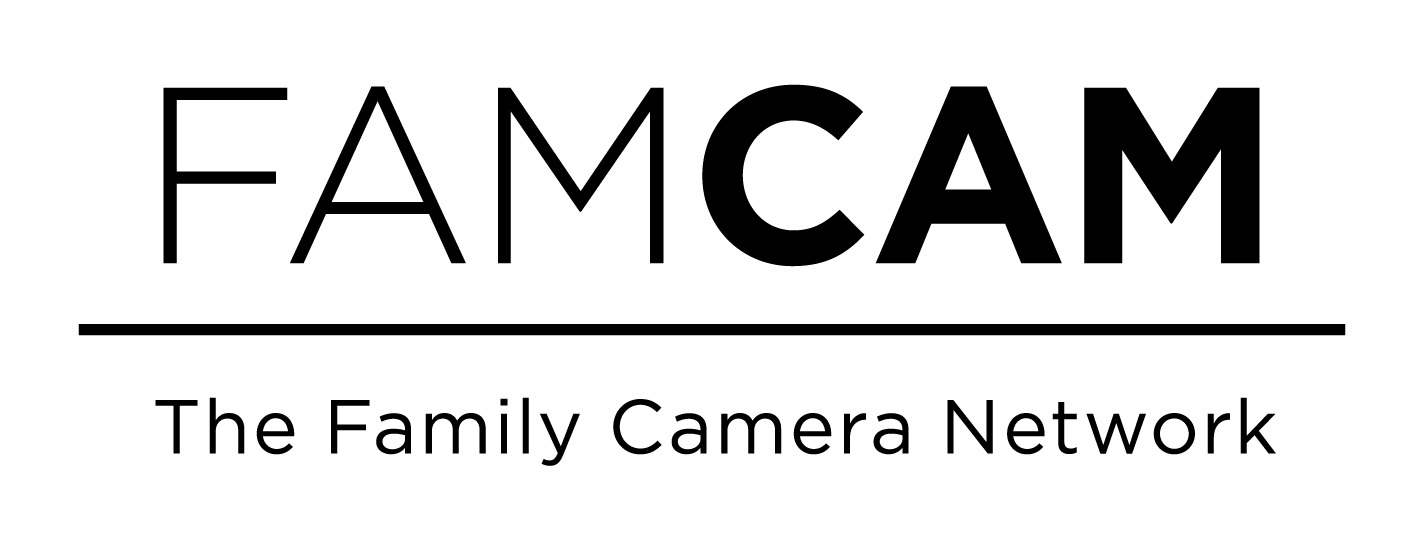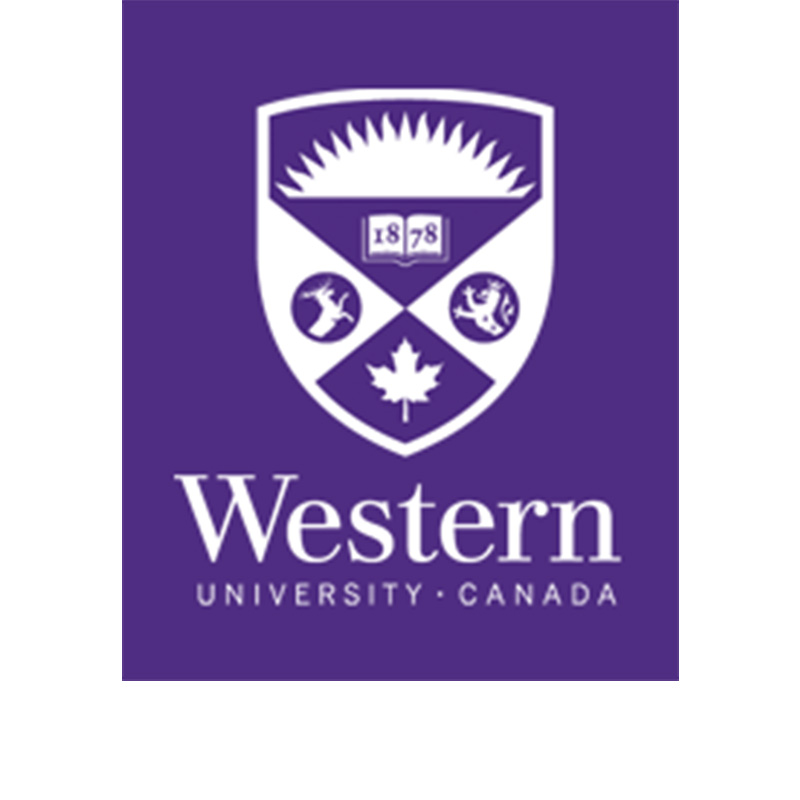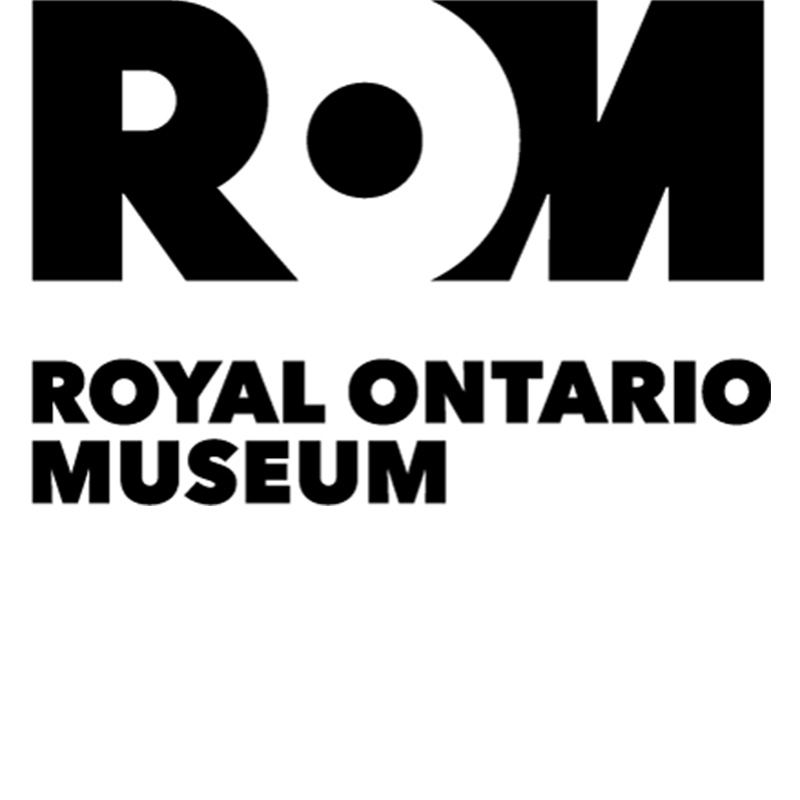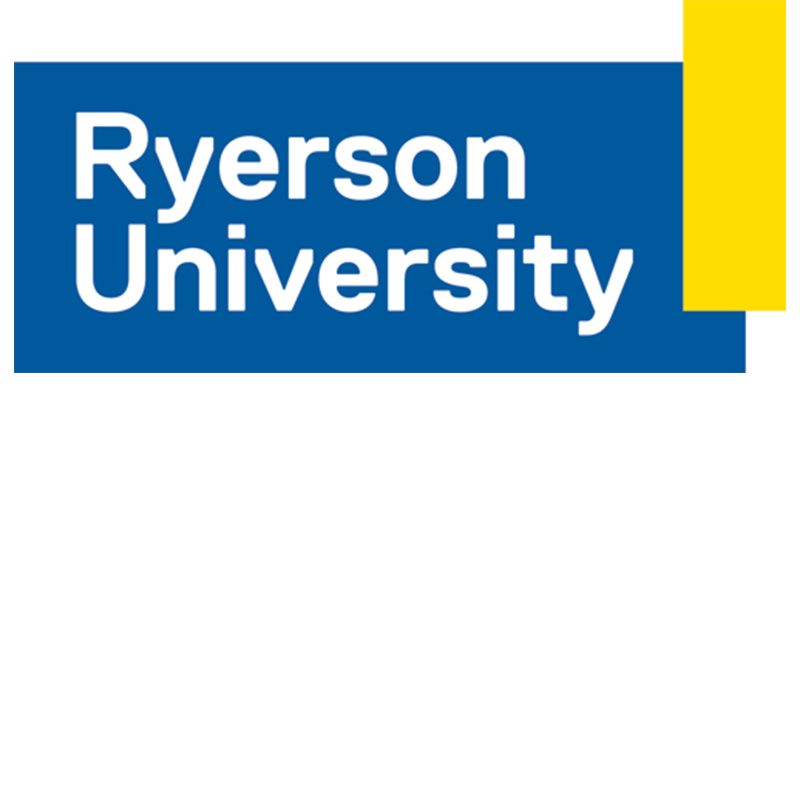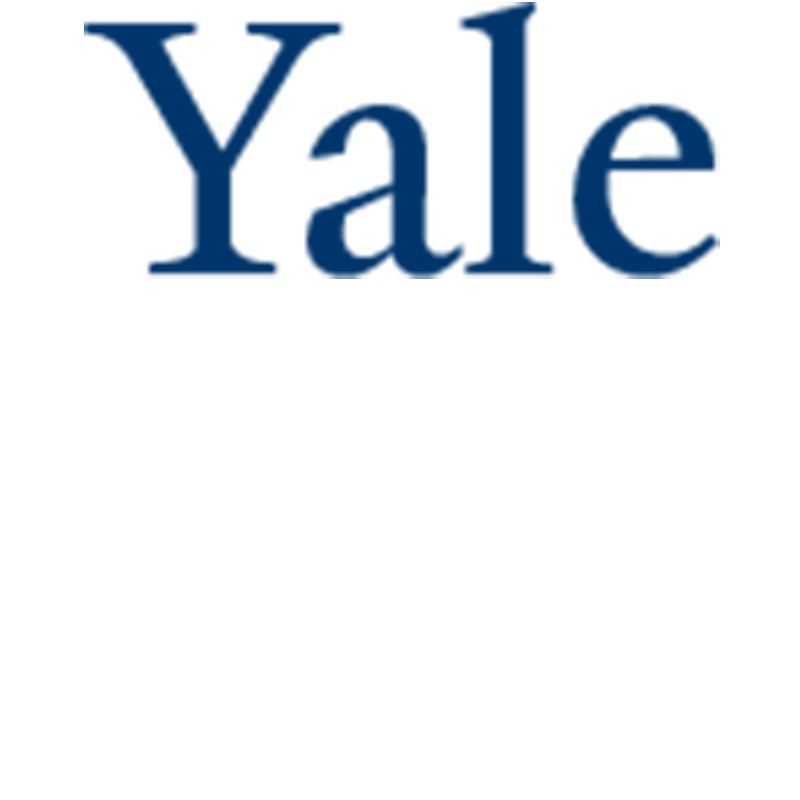FamCam Collaborator Post // "Queer Families, Queer Futurity" by Donald Goellnicht
/Queer Families, Queer Futurity
by Donald Goellnicht
At the Dyke march in Toronto on Saturday, July 2nd, I see two gay white fathers pushing two beautiful daughters in a designer stroller and I smile at the flourishing of queer families. But as I observe what some would call a homonormative family—one that assimilates to, maybe even embraces, the performance and values of heteronormative culture and identity, upholding rather than challenging white privilege and capitalist consumption—I am also reminded that queer family can take many different forms and involve many struggles. As we mark more than a decade of legalized same-sex marriage in Canada, a date that coincides with the celebration of Pride, I am forced to contemplate how these triumphs have come at the cost of more radical alternatives for the formation of “family,” and with the exclusion still of certain members of the larger LGBTQ family. For some queer people, the act of coming out may involve rejection by biological family and trying instead to forge links to a family of choice, made up of friends, lovers, partners, rarely an easy and smooth process. This is an especially fraught passage for racialized and Trans persons in an LGBTQ world still beset by racism and cisgender privilege (the benefits that accrue by maintaining one’s gender identity as assigned biologically at birth). Ideally, of course, one would form a family of choice while retaining loving ties to birth family, but for many queer people that is not the reality.
On Sunday, as I watch the Pride parade at the College and Yonge intersection, the exclusions and rifts within the queer and ostensibly multicultural family of Toronto are palpably brought home to me and the community at large. When the Black Lives Matter Toronto participants, who were chosen to lead the parade, halt it for half an hour, they announce viscerally how black persons in this city are made to feel every day that they do not belong—that they are under constant threat of ejection and physical harm by police and other institutions, that they are not part of the queer or multicultural family. Alexandria Williams, spokesperson for BLMTO, tells the crowd: “Folks are forgetting that we haven’t all made it to the point of queer liberation. That not all communities who participate in Pride are actually able to be free in that celebration.” BLMTO’s symbolic position at the head of the parade, along with Indigenous participants, signals an extraordinary re-politicizing of the event, a refusal to accept the status quo, an insistence on hope for a better, truly inclusive queer family based on equity and social justice.
Of course, individual struggles for LGBTQ persons, especially Trans and racialized persons, won’t disappear with a single protest, powerful as it was. The struggle will continue, maybe for decades more. But with this protest, I am reminded of Jose Esteban Munoz’s utopic vision of queerness: “Queerness is not yet here. Queerness is an ideality. Put another way, we are not yet queer. . . . Queerness is also a performative because it is not simply a being but a doing for and toward the future. Queerness is essentially about the rejection of a here and now and an insistence on potentiality or concrete possibility for another world.”
This radical eruption at 2016 Pride rekindles my hope for queer futurity and genuine queer family in all its forms, and reinforces my gratitude for my own very supportive queer family.
Photo credit: Vinh Nguyen.
